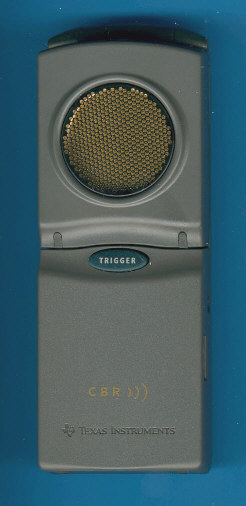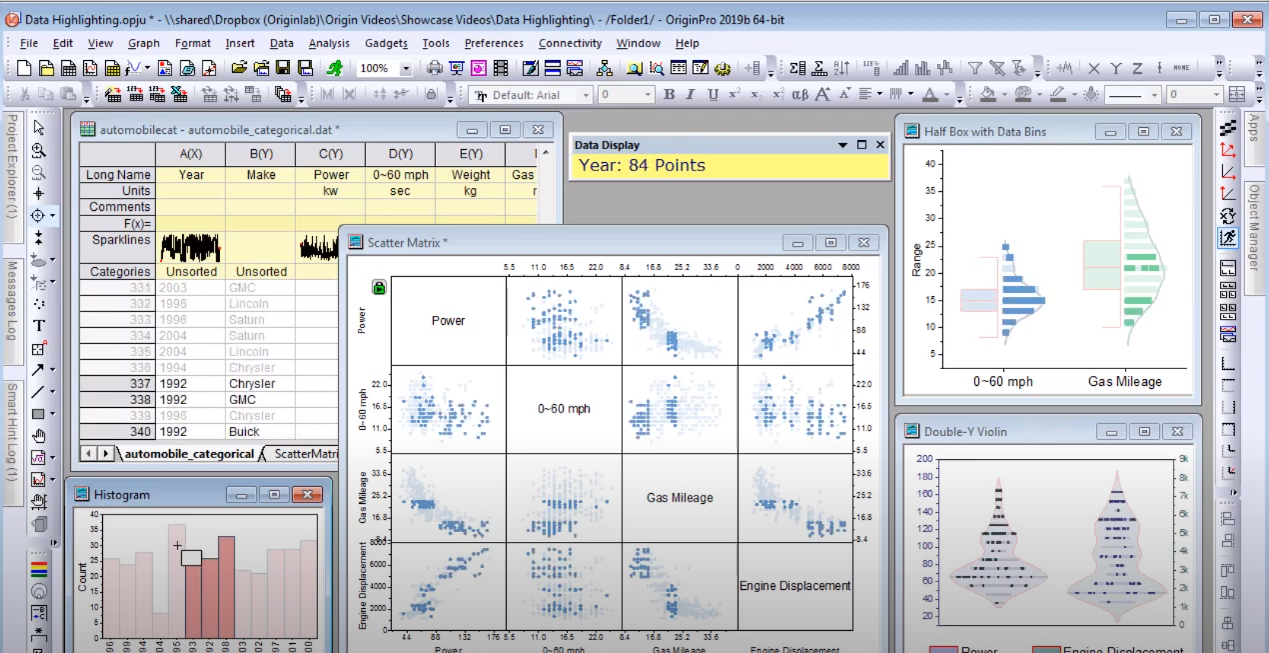

time), Cluster Plots for showing dispersion of grouped scatter points and their centroids, and Grouped Floating Bar plots for charting highs, lows and relative percentages among one or more variables. New Graph Types include: A Pie Map plot for overlaying pie charts on a map background, Sunburst plots for radial charting of categorical data, Ridgeline plots for plotting changes in distributions in response to some variable (e.g. Other new features include: Adding Notes to worksheet cells, including by import from MS Excel a new Template Center for browsing and downloading specialized graph and book templates from a new OriginLab template repository Connect directly to your OneDrive or Google Drive account to import Text/CSV, Excel or Origin files simplified tools for copying or exporting Origin graphs to PNG, BMP, JPEG, TIFF and EMF file types. Also, cell and column formulas now have Autocomplete support for Named Ranges and functions, making it easier to use these elements in your calculations. Double-clicking on a listed Named Range will open the Named Range Manager for editing and managing of the project’s Named Ranges.

If the active workbook contains one or more Named Ranges, those Ranges will list in the Object Manager. Named Ranges can be restricted for use within a single worksheet or workbook or they can be assigned “project scope” and used in formulas or Reference Lines throughout the project. Users can now assign names to ranges of one or more worksheet cells and use these Named Ranges in cell and column formulas or to draw Reference Lines in graphs.

In addition, working from the same background image, you can insert images to multiple graphs, each with different XY scale ranges. Further, if the background includes a scale, you can scale the graph by defining an ROI. If you add map images as layer backgrounds in your graphs, you can specify starting and ending coordinate values and units. Other enhancements to working with graph images include inserting image from file or from the Image window, linking an image to an external file to reduce project size, and use of Mini Toolbars for such basic image manipulations as: define a region-of-interest (ROI), flip, rotate, convert to gray, or display image at actual size. before reinserting the image into the graph. Those who add images to graphs can now double-click on an image entry in Object Manager’s “Graph Objects” view, open the image in the new Image window, and make necessary adjustments to image size, scale, orientation, etc.


 0 kommentar(er)
0 kommentar(er)
